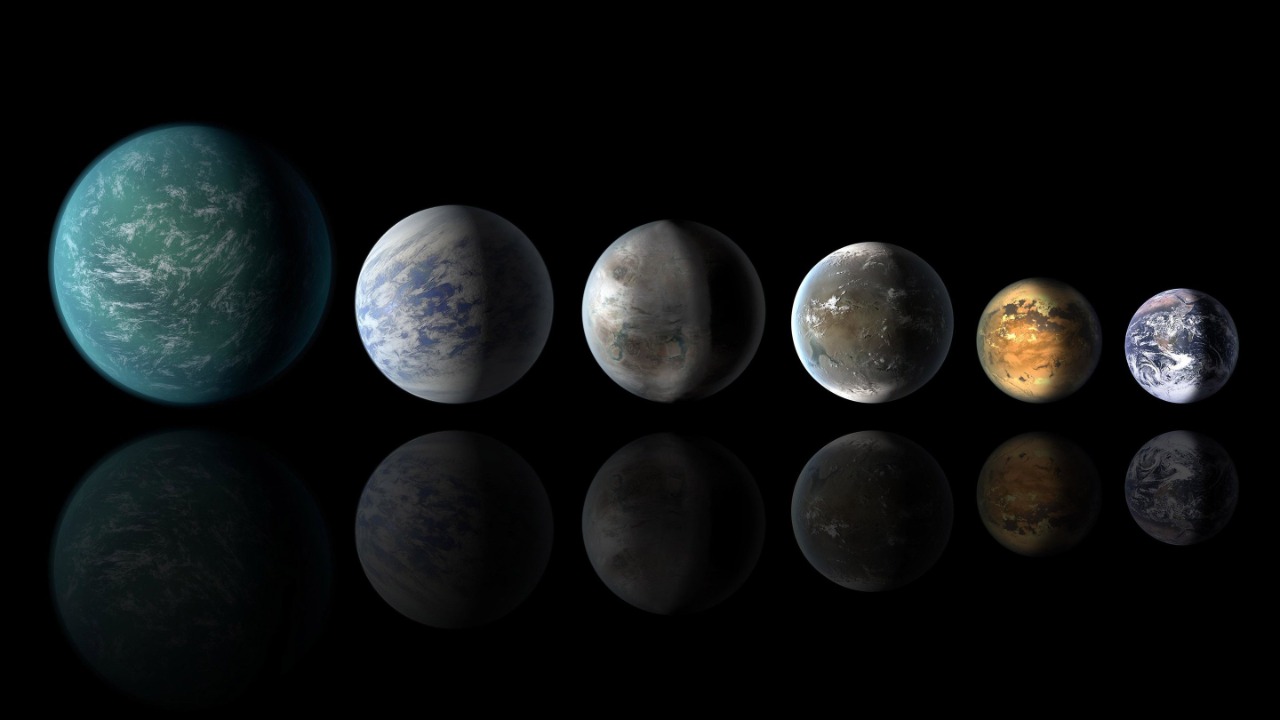
As we continue to explore the cosmos, the search for planets beyond our solar system that might harbor life intensifies. Thanks to advancements in technology and astronomy, scientists are discovering more habitable exoplanets that show promise. Here are seven intriguing candidates that could potentially host alien life.
Proxima Centauri b
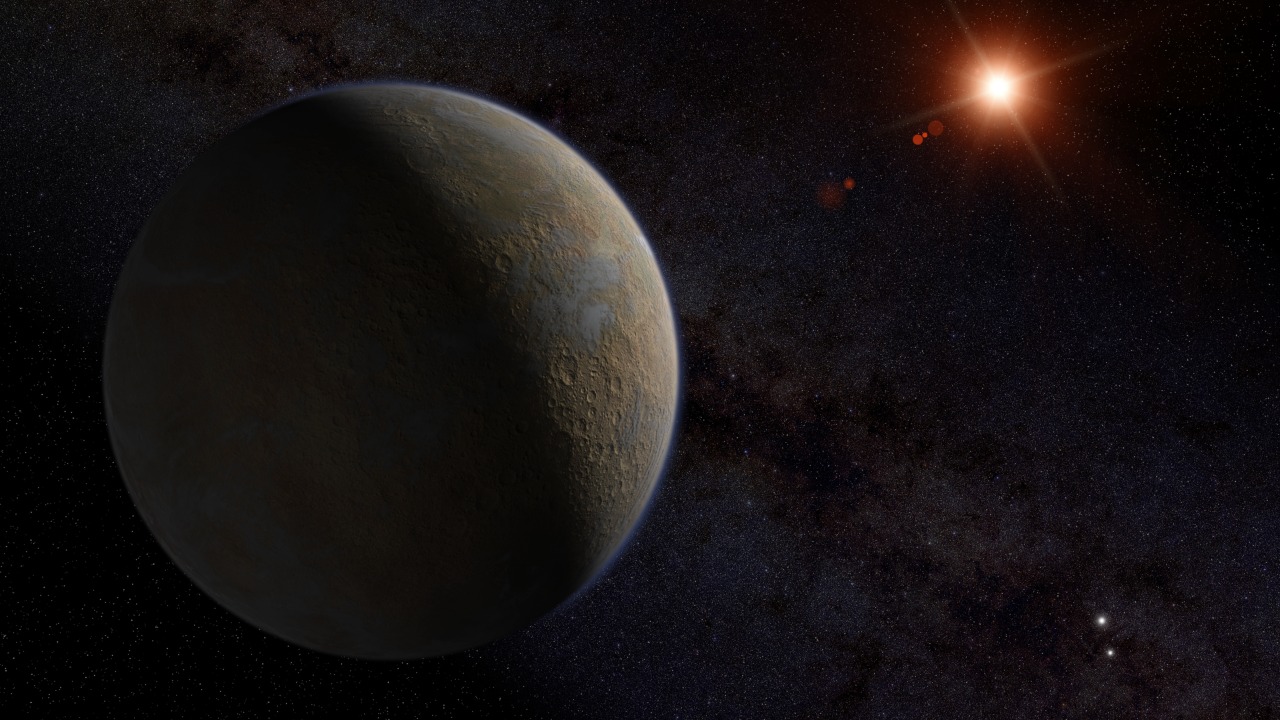
Proxima Centauri b is one of the closest exoplanets to Earth, orbiting the star Proxima Centauri, which is just over four light-years away. This rocky planet resides in the habitable zone of its star, where conditions might allow for liquid water to exist on its surface. Scientists are particularly interested in this planet because of its proximity and the potential for future missions to investigate it further.
Despite the promising location, Proxima Centauri b faces challenges such as stellar flares from its host star, which may affect its atmosphere. However, its relative closeness to Earth makes it a key target in the ongoing search for extraterrestrial life.
TRAPPIST-1e
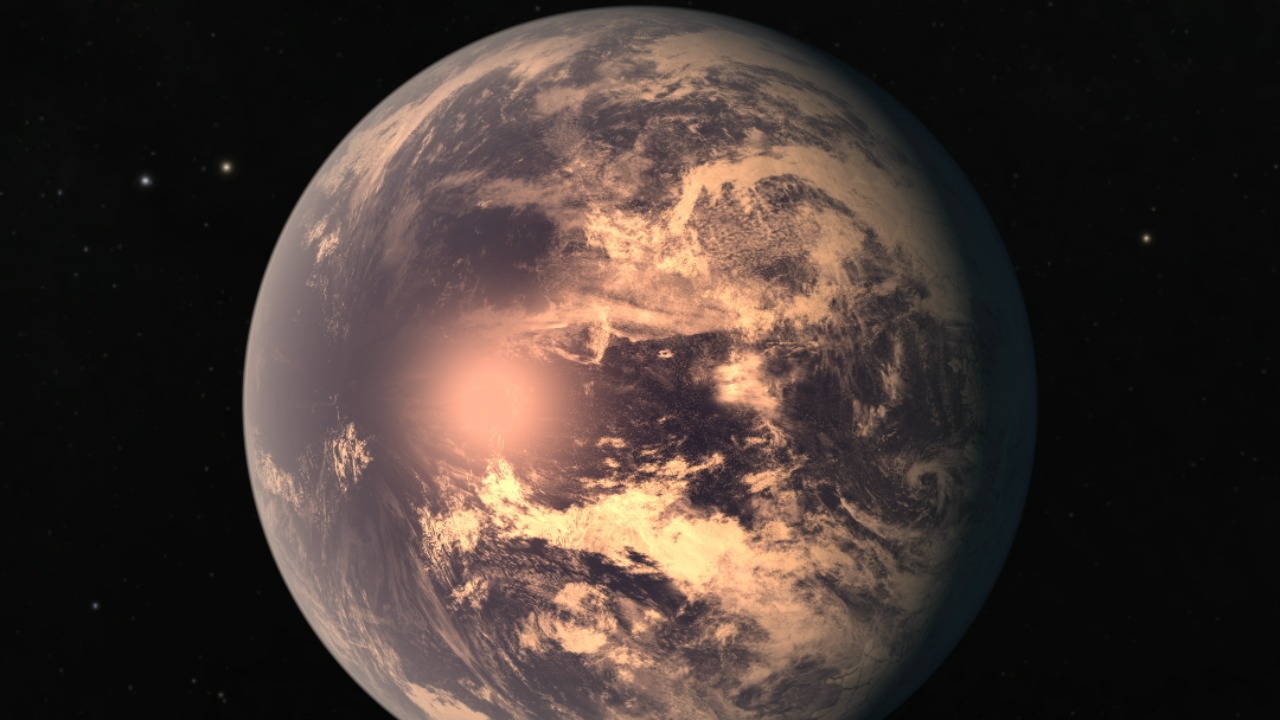
The TRAPPIST-1 system has captured the imagination of astronomers with its seven Earth-sized planets, three of which lie in the habitable zone. TRAPPIST-1e, in particular, is considered to have the most Earth-like conditions, making it a prime candidate for hosting life. The planet’s size, density, and distance from its cool red dwarf star suggest that it could have a rocky surface with water.
Interestingly, a study of the TRAPPIST-1 star system suggests these planets may have retained a significant amount of water despite their star’s intense radiation. This discovery fuels hopes that TRAPPIST-1e might support some form of life.
Kepler-452b
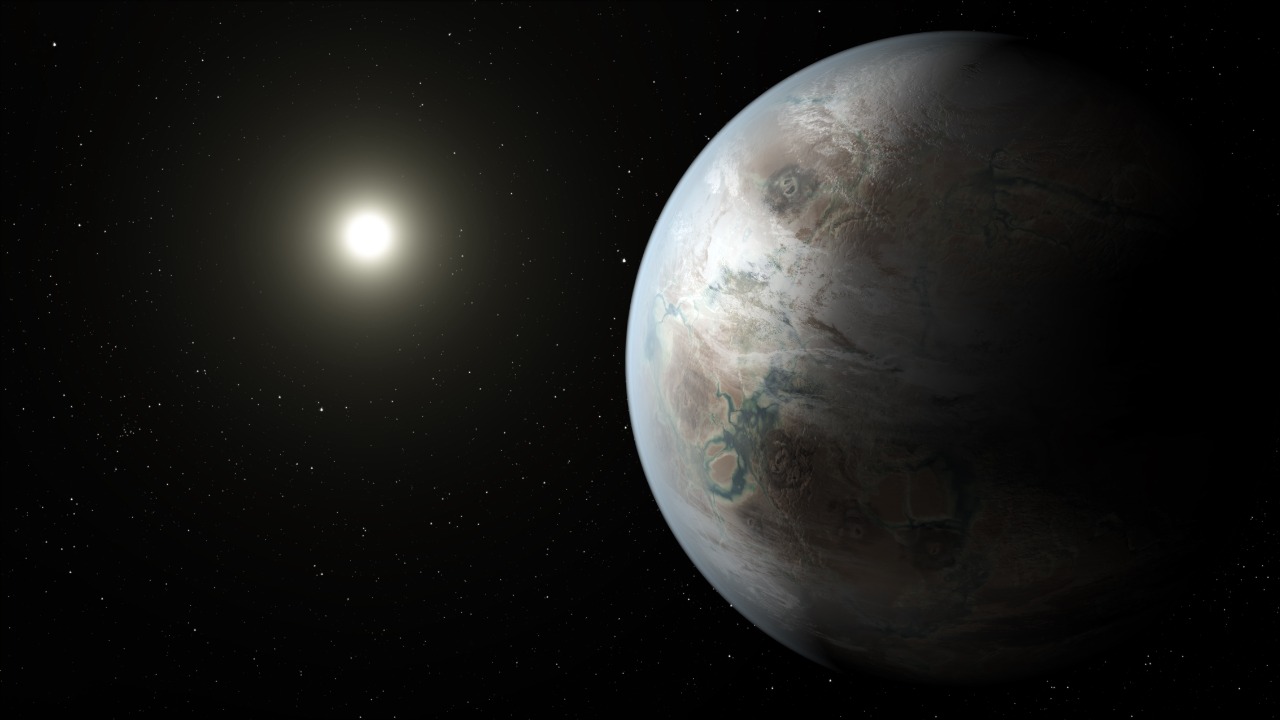
Kepler-452b is often referred to as Earth’s “cousin” due to its similar size and positioning within its star’s habitable zone. Located around 1,400 light-years away, this exoplanet orbits a star similar to our Sun, which increases the likelihood that it has similar surface conditions.
One of the intriguing aspects of Kepler-452b is its potential to have a thick atmosphere and possibly active volcanoes. While it remains a fascinating candidate, its distance makes it challenging to study directly, leaving much about its environment to the imagination.
LHS 1140b
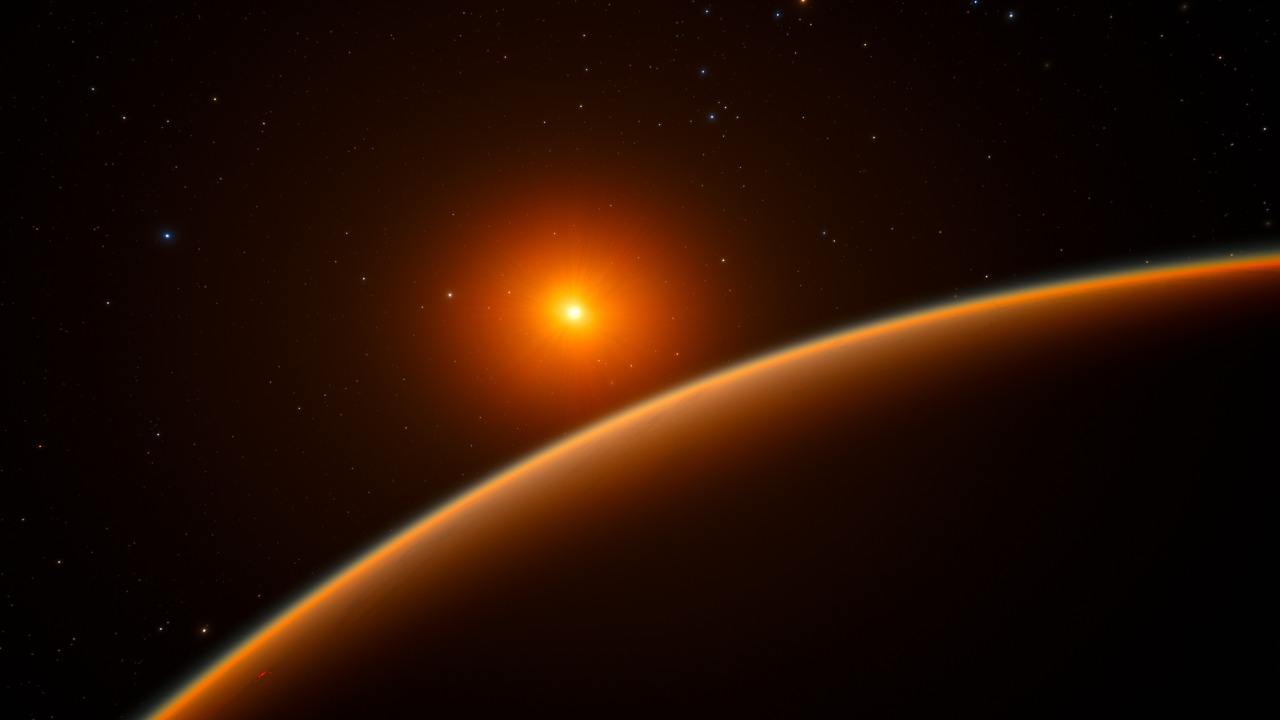
LHS 1140b is a super-Earth exoplanet located about 40 light-years from Earth. It orbits within the habitable zone of a red dwarf star, making it a compelling target for the study of potentially habitable worlds. The planet’s density suggests it has a rocky composition, and its atmosphere may be thick enough to support liquid water.
Researchers are particularly interested in LHS 1140b because of its potential for retaining an atmosphere, despite being close to its star. This characteristic makes it a prime candidate for future detailed observations with next-generation telescopes.
Gliese 667 Cc

Gliese 667 Cc, located about 23 light-years away, orbits within the habitable zone of its host star, a red dwarf in the Gliese 667 triple star system. Its position in this zone indicates that it could have conditions suitable for liquid water and possibly life.
The planet’s relatively close proximity to Earth makes it an attractive subject for the search for alien life. Its stable climate and potential for water retention increase its appeal as a potential host for life.
Ross 128 b
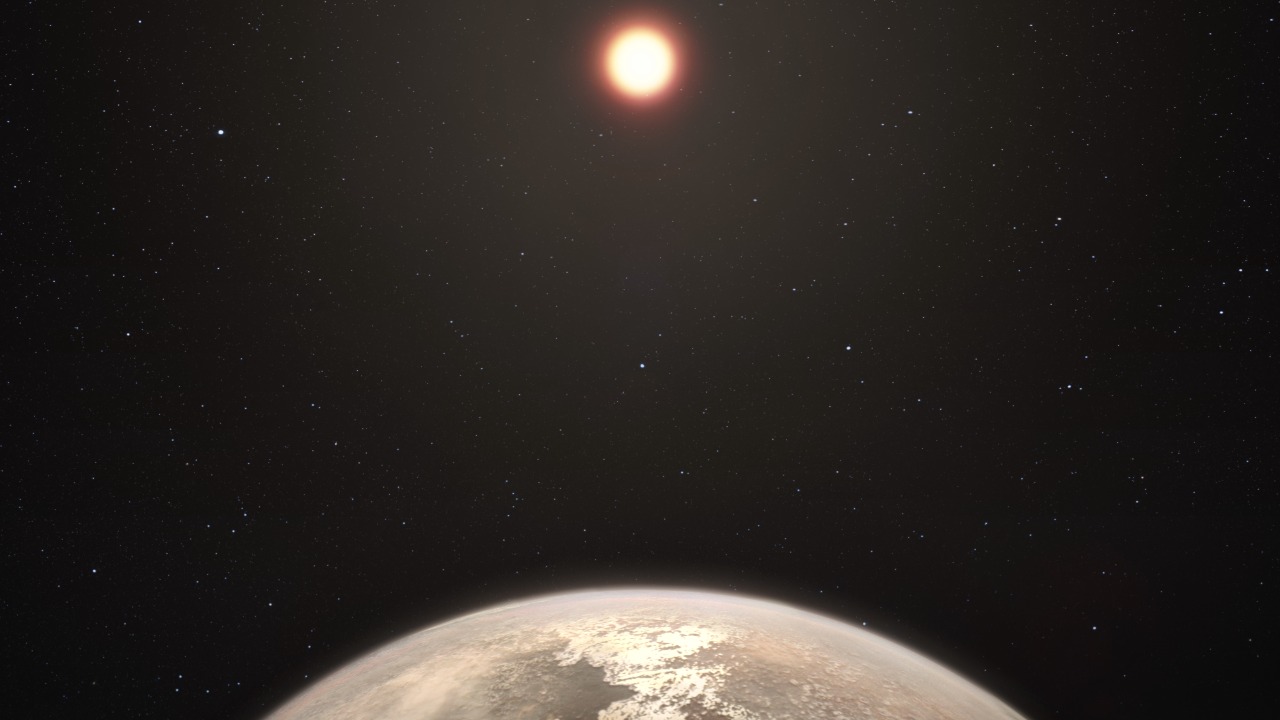
Ross 128 b is a temperate exoplanet located approximately 11 light-years from Earth. It orbits its star, Ross 128, a red dwarf, in a zone that could allow for water retention. One of the key advantages of this planet is that its host star is relatively quiet, emitting fewer flares than other red dwarfs, which improves the chances for a stable atmosphere.
The planet’s discovery has generated excitement because it is one of the nearest known potentially habitable exoplanets, offering opportunities for further investigation into its atmospheric composition and surface conditions.
K2-18b
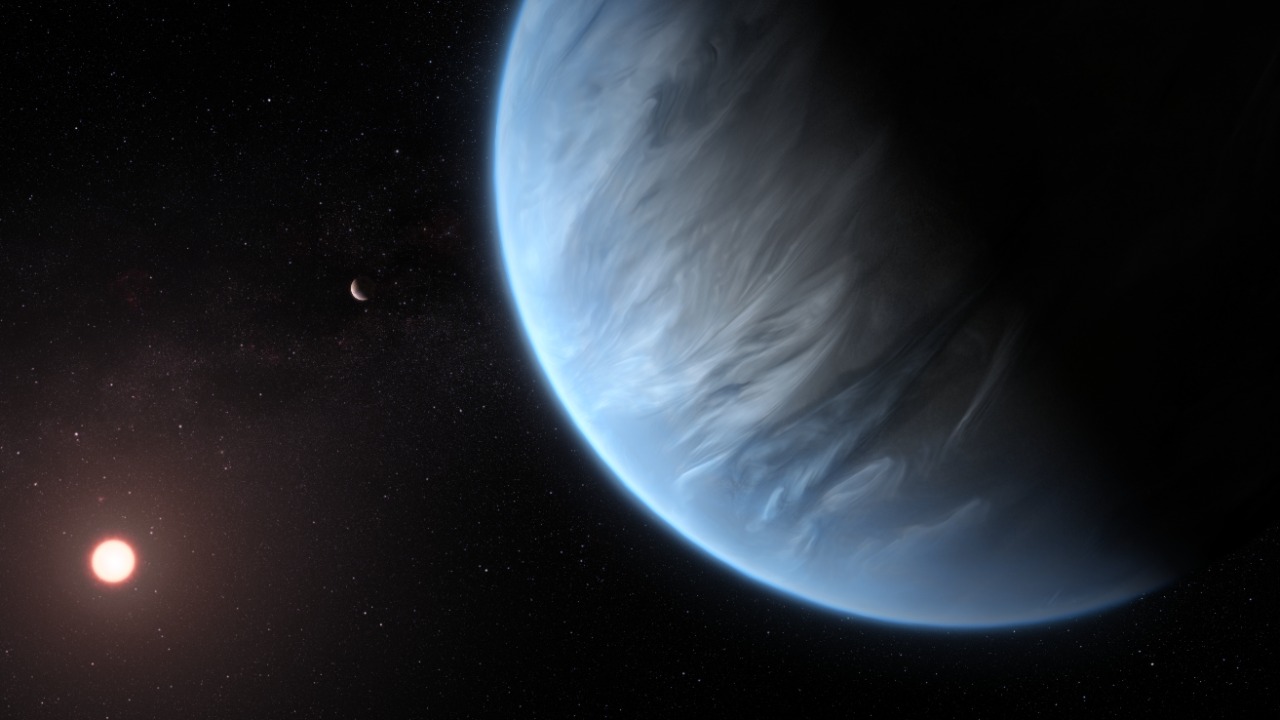
K2-18b is a super-Earth exoplanet that has captured attention due to its location in the habitable zone and the detection of water vapor in its atmosphere. Situated about 124 light-years away, it orbits a cool dwarf star and is larger than Earth, suggesting a possible thick atmosphere that could support life.
The presence of water vapor in its atmosphere makes K2-18b a particularly intriguing candidate for further study, as it may provide insights into the potential for life on other planets.